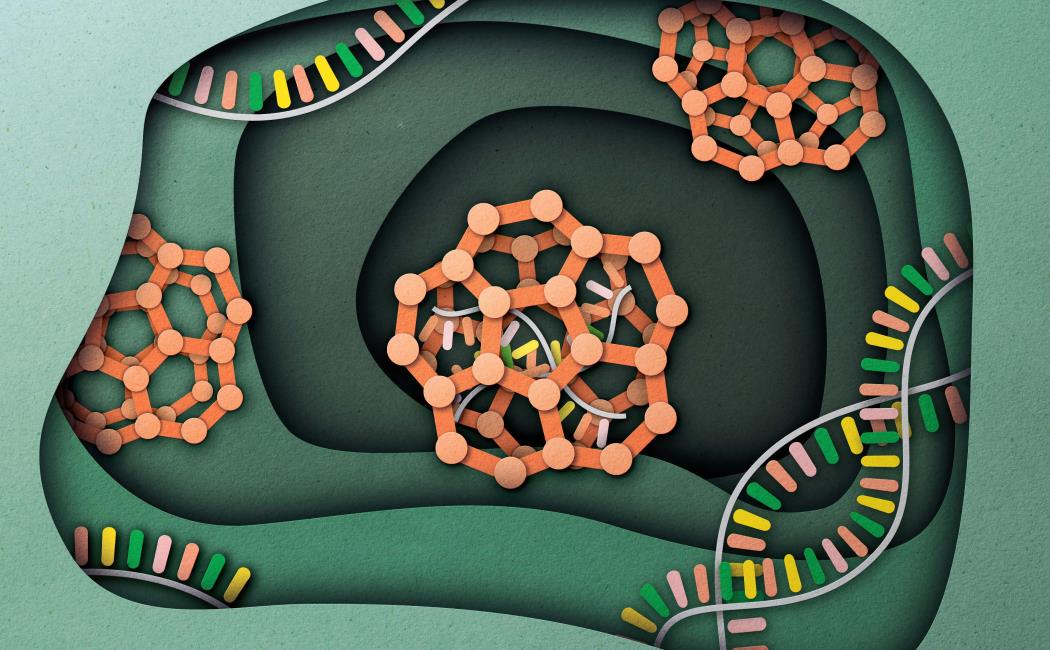A team uses stop motion art to break down the results of metal-organic framework research.
What is a metal-organic framework and why should the general public want to know? Even the best science communicators can struggle to simplify complex scientific concepts like this, especially concepts that people don’t necessarily interact with very often.
That is precisely what Weronika Bednarska does in her role as communications coordinator for KAUST’s designated center for research on membranes and porous materials. When Niveen Khashab’s lab published a study titled “DNA-mimicking metal-organic frameworks with accessible adenine faces for complementary base pairing,” Bednarska knew she needed an innovative approach to explain this significant achievement to a broader audience.
She had an idea. Bednarska follows Polish biologist and science communicator Kasia Gandor on YouTube. “She uses different methods to explain complex concepts, including stop motion animation using cutouts from paper and simple drawings,” explains Bednarska. “So, when I saw the study with DNA in its title, I made an immediate connection.”
Stop motion is an animation technique that involves physically manipulating objects in small increments in individual video frames.
With support from Khashab, Bednarska worked with KAUST Ph.D. student Walaa Baslyman, who was involved in the study, to put together a script. “Walaa did a great job of breaking down the science into more simple concepts,” says Bednarska. “This is a crucial step for me before starting any work: I need to understand the research I want to communicate.”
She then went about making a video. “I had no clue how to do stop motion, but with help from Google, I tried. It was a bit frustrating, but I am happy with the results.”
Baslyman then found herself responsible for narrating the video. “It was nice to do something different and still within the realm of my research,” she says.
Read more at KAUST Insight.
